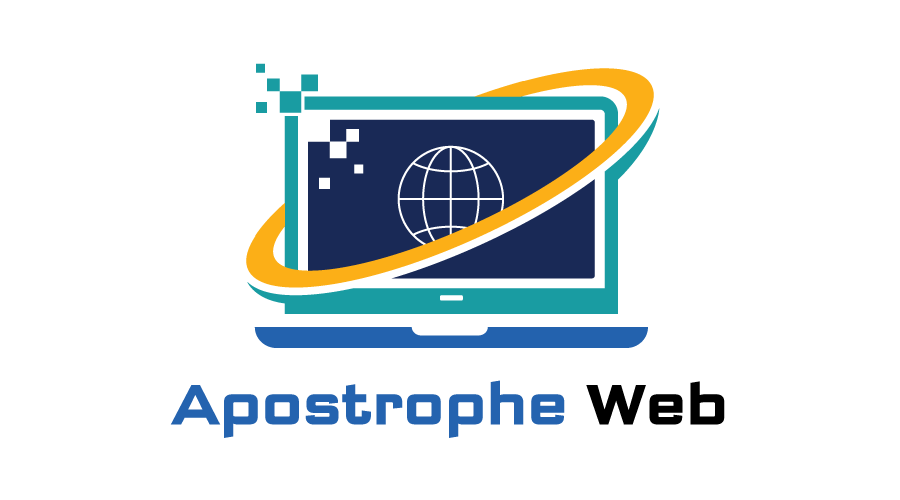How to Make an AI Video with No Editing Experience
In an era where visual storytelling dominates communication, creating compelling videos no longer requires years of honing skills behind a camera or software suite. Artificial intelligence has democratized the process, allowing anyone—even those without a single hour of editing under their belt—to produce professional-looking videos. Whether you’re a small business owner promoting a product, a teacher illustrating a lesson, or simply someone eager to share a personal narrative, AI tools can transform your ideas into dynamic visuals with minimal effort. This guide walks you through the essentials, emphasizing simplicity and creativity over technical prowess. By the end, you’ll have a clear path to crafting your first AI-generated video, ready to captivate an audience.
Grasping the Fundamentals of AI-Driven Video Creation
Before diving into the hands-on steps, it’s crucial to demystify what AI video generation entails. At its core, these systems use machine learning algorithms trained on vast datasets of footage, audio, and animations to interpret your inputs—such as text descriptions or basic outlines—and output a cohesive video. Think of it as a digital collaborator that handles the heavy lifting: scene transitions, voiceovers, and even background music, all while aligning with your vision.
For beginners, the appeal lies in the automation. Traditional video editing demands mastering timelines, cuts, and effects, which can overwhelm novices. AI sidesteps this by focusing on intent rather than precision tweaks. You provide the “what” and “why,” and the technology supplies the “how.” This shift empowers creators to prioritize storytelling, ensuring your video resonates emotionally rather than just technically.
Consider the psychological draw: videos engage viewers 1200% more than text alone, according to broad communication studies. Yet, without experience, starting from scratch feels daunting. AI bridges that gap, turning abstract concepts into tangible sequences. As you embark on this journey, remember that iteration is key—your first attempt might not be flawless, but it’s a foundation for growth.
Selecting Accessible AI Platforms for Seamless Starts
The first practical decision is identifying platforms that cater to absolute beginners. Look for those with intuitive interfaces, often resembling simple web apps where you type prompts rather than navigate complex menus. Prioritize options that offer free tiers or low-barrier entry points, allowing experimentation without financial commitment.
When evaluating, focus on versatility: Does it support various video lengths, from quick social media clips to longer explanatory pieces? User-friendliness shines in drag-and-drop elements or preset templates that guide you through the process. Avoid anything requiring coding knowledge; instead, seek natural language inputs where describing “a serene mountain hike at dawn with uplifting narration” yields immediate results.
Accessibility extends to device compatibility—mobile-friendly designs mean you can create on the go, using just a smartphone. Security is another non-negotiable; ensure the platform handles your content privately, especially if it involves sensitive topics. By choosing wisely, you set a tone of confidence, transforming potential frustration into fluid creativity.
Essential Features That Simplify the Novice Journey
Within these platforms, certain capabilities stand out for easing the learning curve. Text-to-video conversion is foundational, where your written script morphs into animated scenes without manual asset hunting. Voice synthesis adds authenticity, generating human-like narration in multiple accents and tones to match your message’s mood.
Customization sliders for pacing and style—say, adjusting from realistic to illustrative aesthetics—provide gentle control without overwhelming options. Built-in libraries of stock elements, like ambient sounds or subtle transitions, eliminate the need to source materials externally. Finally, preview functions let you iterate in real-time, spotting adjustments before finalizing. These elements collectively reduce the intimidation factor, making video production feel like guided play rather than laborious work.
Developing a Compelling Narrative Without Overcomplicating It
With your platform selected, the magic begins with content planning. Start small: outline your video’s purpose. Is it to educate, entertain, or persuade? This clarity shapes everything else. Jot down a loose script—three to five key points, each no longer than a paragraph. For instance, if crafting a product demo, highlight benefits over specs: “Imagine effortless mornings with this innovative brewer, steaming your favorite blend in seconds.”
Storyboard next, but keep it rudimentary. Sketch simple frames on paper or digitally: opening hook, main body, closing call-to-action. No artistic talent required; stick figures suffice to visualize flow. AI excels at filling gaps, so describe scenes vividly in your prompts: “Fade from a bustling city street to a cozy home office, with soft piano underscoring the transition.” This descriptive approach leverages the tool’s interpretive power, yielding surprises that enhance your original idea.
Incorporate sensory details to enrich prompts—colors, emotions, pacing—to guide the AI toward nuanced outputs. Read your script aloud; if it flows conversationally, it will translate well to video. This phase, though creative, demands brevity: aim for under two minutes initially to maintain momentum and viewer attention.
Harnessing AI to Bring Your Vision to Life
Now, input time arrives—the exhilarating moment where text meets technology. Enter your script into the platform’s core generator, appending style directives like “cinematic lighting and smooth 4K resolution.” Hit generate, and within minutes, watch raw footage assemble: avatars speaking your words, backgrounds materializing, effects layering organically.
Patience is your ally here; initial renders might need tweaks, but that’s the beauty of AI—regeneration is effortless. If a scene feels off, refine the prompt: add “energetic youth vibe” or “vintage film grain.” Layer audio separately if desired: upload a personal voice clip for synthesis or select from neutral tones to avoid overproduction.
Monitor progress via progress bars, which build anticipation without technical jargon. As segments compile, the platform often suggests enhancements, like auto-syncing music to dialogue peaks. This collaborative feel reassures beginners, proving you’re directing, not dictating. Emerge with a draft that’s 80% polished, leaving room for personality infusion.
Navigating Common Generation Pitfalls Gracefully
Even streamlined processes have hiccups. Inconsistent character appearances across scenes? Specify continuity in prompts, like “consistent middle-aged explorer in khaki attire.” Audio mismatches? Opt for slower narration speeds to sync with visuals. Overly literal interpretations—your “explosive growth” metaphor becoming fireworks—teach prompt precision: qualify with “metaphorical business expansion graph animating upward.”
Budget rendering time wisely; complex prompts take longer, so test with basics first. If outputs skew generic, inject specificity: regional landmarks or cultural nuances. These adjustments, born from trial, sharpen your instincts without formal training.
Refining Outputs for Polished Professionalism
Post-generation, subtle enhancements elevate your work from good to gripping. Review the full timeline, noting rhythm: Does energy build progressively? Trim redundancies via simple cut tools—most platforms offer one-click deletions. Balance visuals and voice; if narration dominates, soften with overlaid text highlights for skimmers.
Add finishing touches sparingly: subtle text overlays for emphasis, like key quotes fading in elegantly. Ensure inclusivity—diverse representations in generated elements—to broaden appeal. Audio mixing comes next: equalize volumes so music supports, not swamps, speech. These steps, intuitive in AI interfaces, mimic pro workflows minus the expertise barrier.
Test on multiple devices; what shines on desktop might glitch on mobile. Solicit feedback from a trusted circle—not for critique, but affirmation. This iterative loop, limited to 10-15 minutes, yields a video that feels authentically yours, blending AI efficiency with human warmth.
Distributing Your Masterpiece Effectively
Exporting is straightforward: select high-resolution formats like MP4 for versatility. Platforms handle compression, optimizing for platforms from social feeds to email newsletters. Name files descriptively for easy retrieval, and back up originals.
Sharing amplifies impact. Embed in blogs for contextual depth, or post natively on networks where algorithms favor video. Craft captions that tease content, driving clicks: “Discover how simple shifts unlock daily productivity—watch now.” Track engagement metrics organically; views inform future tweaks without analytics overload.
Legal awareness matters: AI outputs generally permit personal use, but attribute inspirations if adapting public ideas. This phase closes the creation cycle, turning solitary effort into communal connection.
Evolving from Novice to Confident Creator
As you complete your inaugural video, recognize this as a launchpad. Revisit past prompts, noting what sparked joy versus frustration, to refine your style. Experiment with hybrids: blend AI bases with personal photos for uniqueness. Join online communities—not for tools, but shared stories of breakthroughs—to fuel motivation.
Over time, patterns emerge: your voice in prompts, preferred aesthetics. This organic evolution builds intuition, where AI becomes an extension of your creativity. Celebrate milestones—a viral clip, a client’s nod—reinforcing that inexperience is no barrier. With each project, you not only produce videos but cultivate a skillset for lifelong expression, proving technology’s true gift is unlocking untapped potential.










